Re-Open Season: The pandemic halted tennis as an up-close experience—but is now giving way to pandemonium among crowds
By Aug 07, 2021The 2025 evolution of Lorenzo Musetti… in hair
By Nov 13, 2025Washington final 'not the end' for Alejandro Davidovich Fokina, says Alex de Minaur
By Jul 28, 2025Alex de Minaur saves three championship points to beat Alejandro Davidovich Fokina in Washington final
By Jul 28, 2025Leylah Fernandez routs Anna Kalinskaya in Washington, D.C. for biggest title of career
By Jul 27, 2025Today on Tennis Channel: Kalinskaya, Davidovich Fokina bid for maiden tour titles
By Jul 27, 2025Alejandro Davidovich Fokina follows up Taylor Fritz DC Open win by powering past Ben Shelton
By Jul 27, 2025Anna Kalinskaya halts Emma Raducanu for Washington final clash with Leylah Fernandez
By Jul 27, 2025Leylah Fernandez shows fighting spirit to win DC Open tiebreak duel with Elena Rybakina
By Jul 26, 2025Emma Raducanu vs. Leylah Fernandez: Could we see the rematch in Washington, D.C.?
By Jul 26, 2025Re-Open Season: The pandemic halted tennis as an up-close experience—but is now giving way to pandemonium among crowds
As the pro game reopens this summer and fans gather again, we’re realizing what we’ve been missing for so long.
Published Aug 07, 2021
Advertising
Advertising
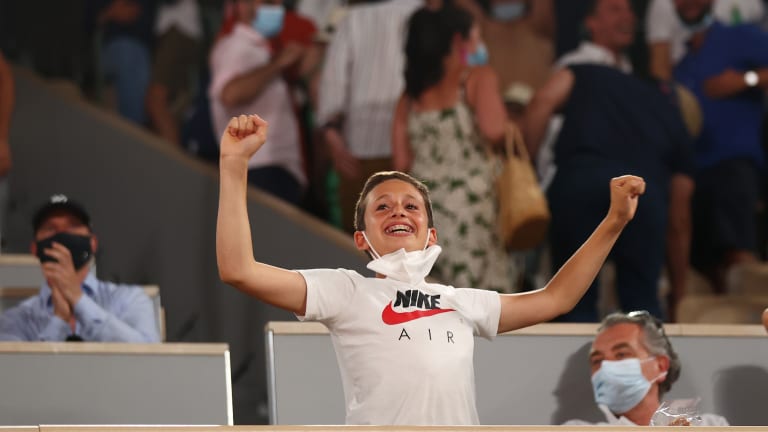
There was rejoicing at Roland Garros when the Rafael Nadal-Novak Djokovic semifinal was permitted to continue with fans.
© Getty Images
Advertising
Advertising
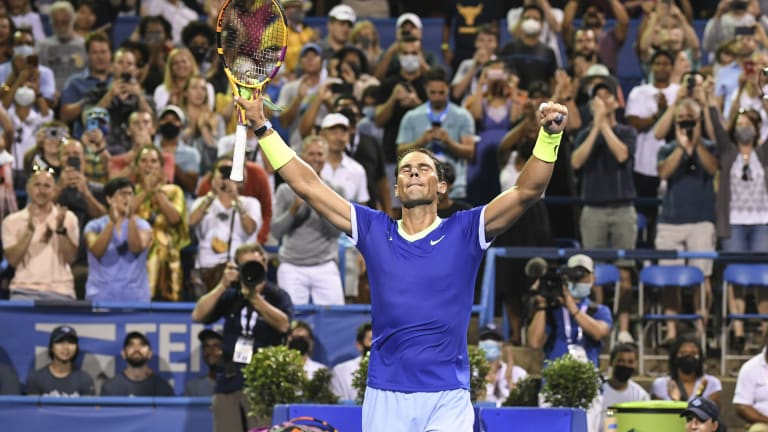
Rafael Nadal's Washington D.C. fans had plenty to celebrate earlier this week.
© AP
Advertising
Advertising
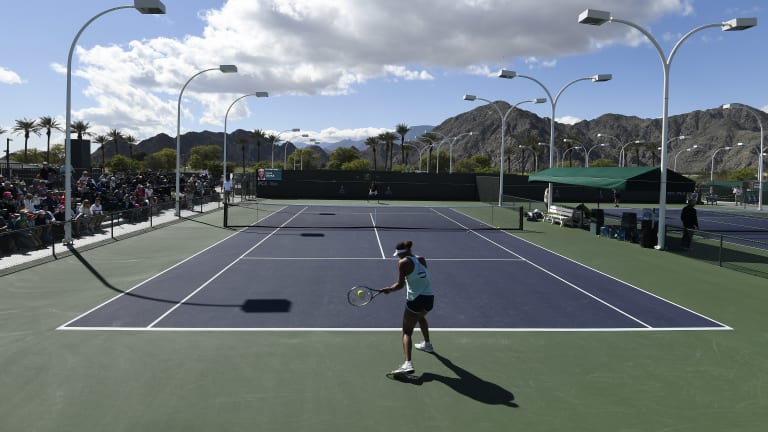
There may be no big tournament that gave fans better access to the pros than at Indian Wells.
© 2019 Getty Images
Advertising
Advertising

This summer fans returned to Wimbledon, where they saw Roger Federer reach the quarterfinals.
© Getty Images
Advertising
Advertising
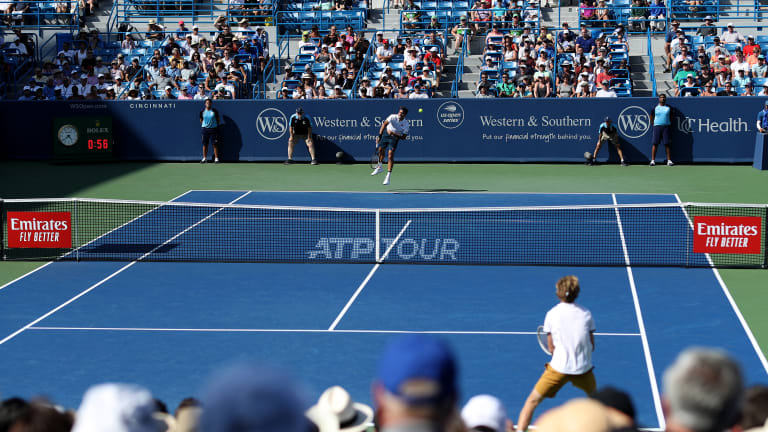
Federer can count on the same support at the Western & Southern Open, which will be back in Ohio in August; he has won the tournament seven times.
© RC
Advertising
Advertising
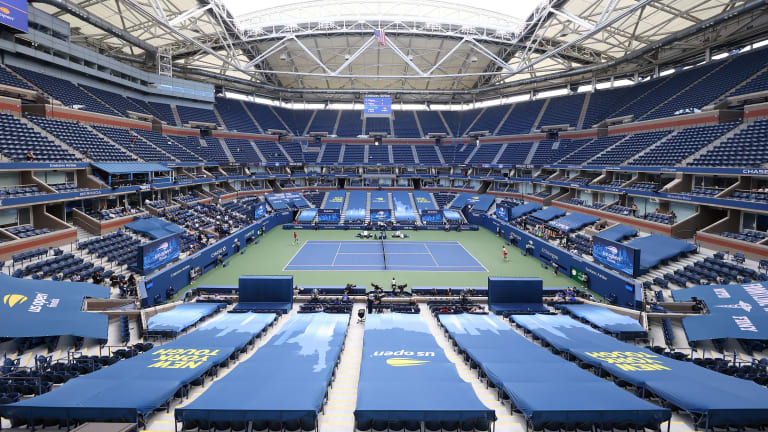
The 2020 US Open was unlike any other Grand Slam tournament.
© Getty Images
Advertising
Advertising
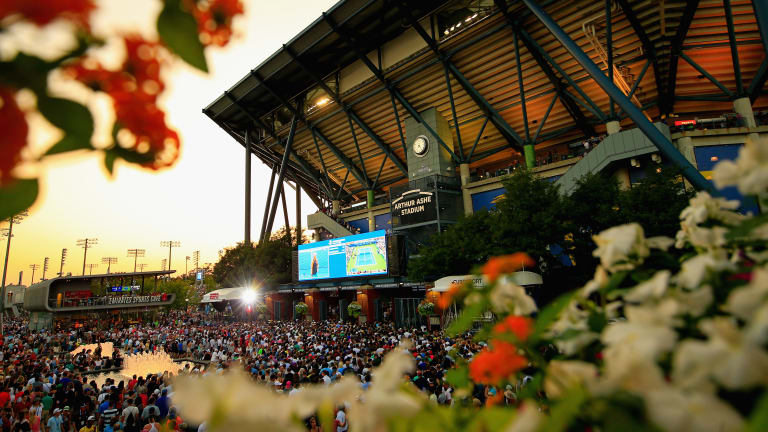
There are few sporting events that can match the size of the US Open, in terms of both attendance and storylines. “Our sport surged in the toughest of times,” said Mike Dowse, CEO of the USTA, “and this year’s US Open promises to be an unforgettable celebration of the game, those who play it, and those who revel in it.”
© 2018 Getty Images